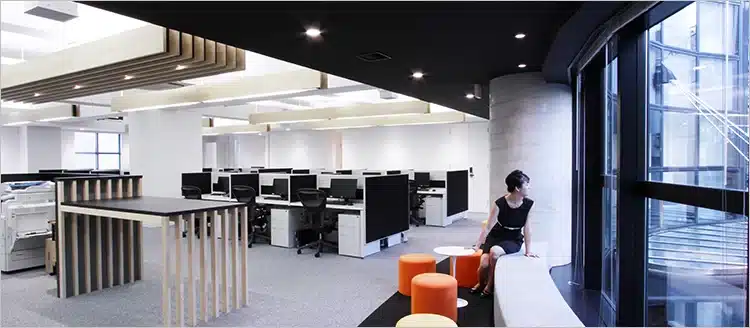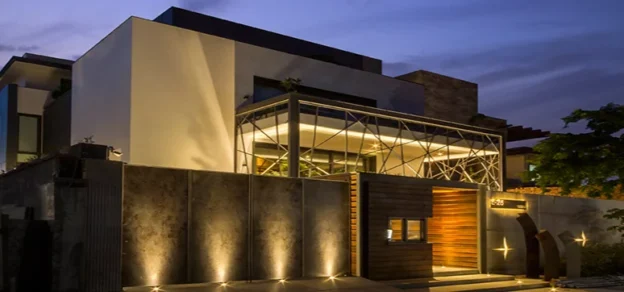The concept of human-centric lighting (HCL) came into existence early this century with the discovery that, in addition to the rods and cones in the human eye that perceive color and light levels, there is a photo-receptor that does not contribute to vision. Instead, it affects human circadian rhythms.

According to the U.S. National Institute of General Medical Sciences, circadian rhythms are the physical, mental, and behavioral changes that follow a roughly 24-hour cycle, responding primarily to light and darkness in an organism’s environment.” The circadian photo-receptor involves retinal cells that are highly sensitive to the blue elements of the visible light spectrum—which are significant components of sunlight. Such photo-receptors communicate directly with the body’s master clock, which regulates internal physiological functions including hormone production.
With the knowledge that human beings respond to light at a biological level, investigations began into the impact of lighting on mood, productivity, perception, and visual acuity, as well as circadian rhythms. Because of LEDs’ real-time color and light-level changing capabilities, they have enabled new products and systems focused on the biological effects that lighting can produce.
HOMES AND HOSPITALS
One of the most widely recognized applications of HCL(Human-Centric Lighting) is in the alleviation of sleeping difficulties. Studies have demonstrated that light emissions in blue wavelengths have a great impact on the suppression of melatonin production. Melatonin is a hormone released by the body as a precursor to sleep; depending on the individual, disruption of the process can dramatically impact the sleep cycle.
Several off-the-shelf LED lamps are available for the home that feature decreased blue light emissions, resulting in a warmer white light to promote rest.
Alternately, people suffering from seasonal affective disorder due to decreased levels of sunlight in the fall and winter might benefit from exposure to cooler white light containing higher levels of blue wavelength emissions. Cool-white LED lamps are also available to consumers.
At a more sophisticated level, Human-Centric Lighting-focused custom LED systems have been installed in hospitals and assisted-living facilities to help maintain patients’ natural sleep cycles, reduce anxiety during examinations, and aid recovery by providing warmer or cooler white light as appropriate.
CLASSROOMS
Custom LED systems have been helpful in schools, too. For younger pupils, lighting can be adjusted to a warmer white in the afternoon to encourage them to settle down for nap time, and to a cooler white when it’s time to pay attention. Many teenagers struggle to wake up in the morning, so high school classroom lighting can be set to levels approximating daylight to help teens feel more alert as the school day gets under way.
AIRPLANES
The airline industry is using HCL to provide a better experience to customers. Boeing 787 crews, for example, can adjust LEDs to correspond to the various phases of overnight flights: bright light for boarding, warmer whites for meal time, and a deep purple hue resembling the night sky for sleeping. When it’s time to rise and shine, the cabin lighting slowly brightens to mimic a sunrise, helping passengers make the transition to their destination’s time zone.
THE OFFICE
It’s in the office environment that HCL can be fully realized through LEDs. Because LEDs allow easy variation of intensity and spectrum, workers can maximize their concentration, say, or adjust the lighting to their individual taste. That can benefit the employer’s bottom line by improving productivity and maybe even reducing sick days.
BE AWARE
There is general agreement that non-visual effects of light exposure on the human body depend on the light’s intensity and spectrum as well as its timing and duration. Because physiological response varies among individuals, however, and because the link between a specific light stimulus and the resulting response is not fully understood, it is currently possible to make only general claims regarding the effects that a lighting product might have.
Although more research is needed before quantitative conclusions about the response of the human body to lighting can be made, the role of HCL using LEDs as the primary facilitator in the illumination of our indoor spaces will undoubtedly continue to grow.














